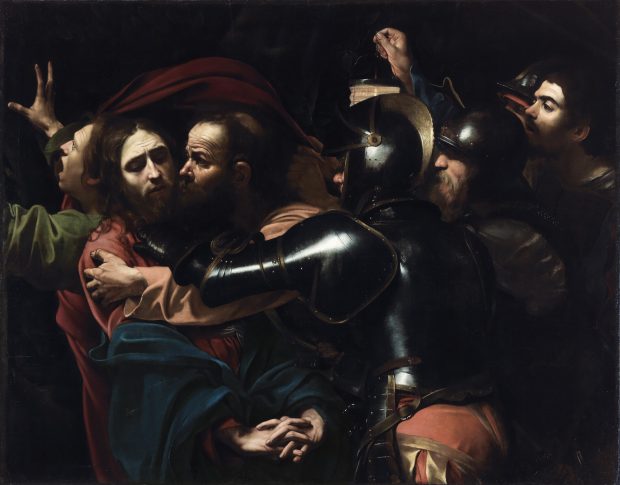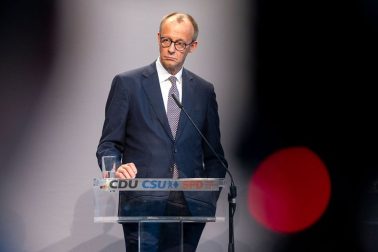We don’t know what Caravaggio himself would have made of Beyond Caravaggio, the new exhibition at the National Gallery which is devoted to his own work and that of his numerous followers. But, by chance, we do have a very good idea what he would have said at least of one exhibit: ‘The Ecstasy of St Francis’ (1601) by Giovanni Baglione. Two years after this was painted, in 1603, Caravaggio stated in a disposition to a Roman court that he didn’t know of any other artist ‘who thinks Giovanni Baglione is a good painter’.
Very few of Caravaggio’s own words survive, and those that do are mainly in the records of legal cases in which he was involved. But these are enough to give an idea of his demeanour. As Baglione himself wrote later — when the great man was safely dead — Michelangelo Merisi da Caravaggio (1571–1610) was ‘a satirical and proud man’. He would, Baglione complained, ‘speak badly of the painters of the past, and also of the present, no matter how distinguished they were, because he thought that he alone had surpassed all the other artists in his profession’. But then, Caravaggio had every reason to be arrogant. He was — as the National Gallery exhibition demonstrates — very, very good. This, paradoxically, is its main problem.
The subject is not so much the painter himself, but his influence and his followers, the Caravaggisti. There were an awful lot of these, as Baglione complained, ‘many young artists followed his example’. With extraordinary speed, given the pace of 17th-century communications, word of his sensationally naturalistic way of painting had reached as far as the Netherlands when Caravaggio himself was barely 30.
This was more or less at the moment he was producing the National Gallery’s own ‘Supper at Emmaus’ (1601) and ‘The Taking of Christ’ (1602) from Dublin.








Comments
Join the debate for just £1 a month
Be part of the conversation with other Spectator readers by getting your first three months for £3.
UNLOCK ACCESS Just £1 a monthAlready a subscriber? Log in